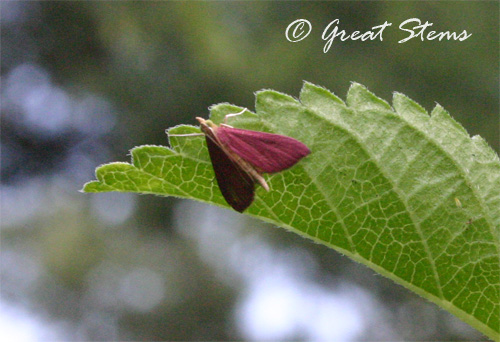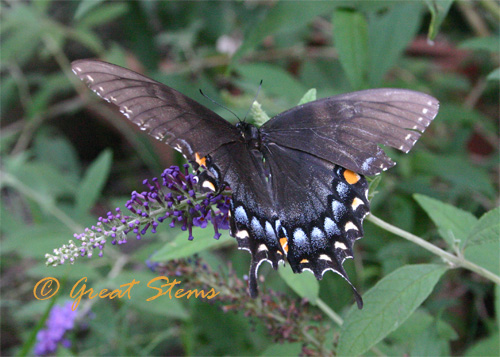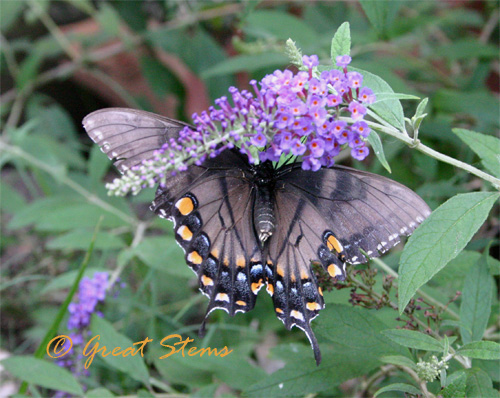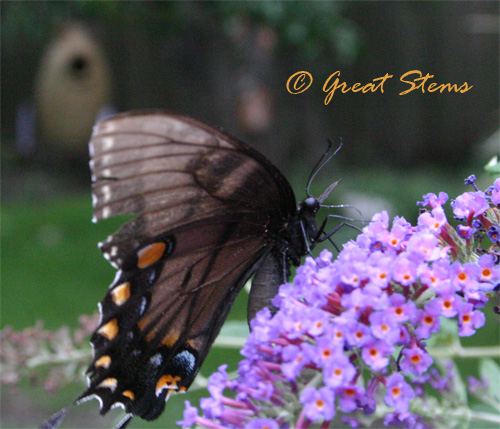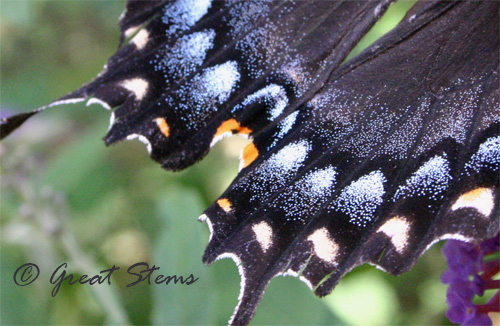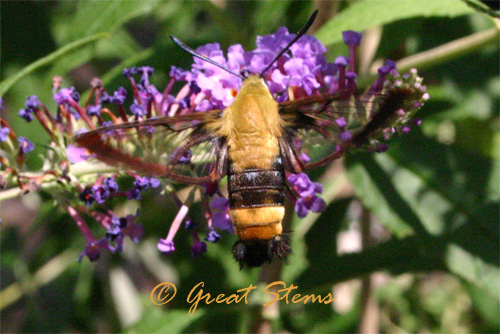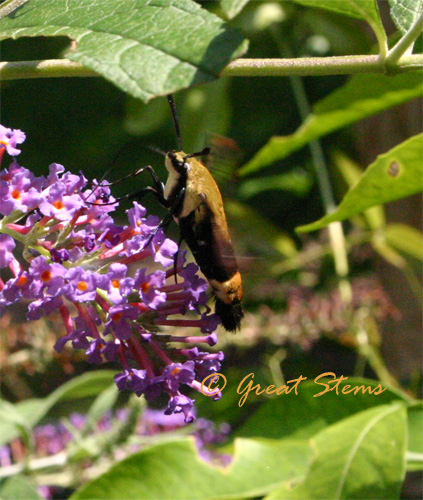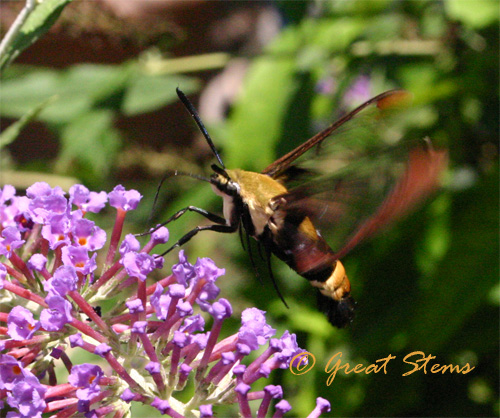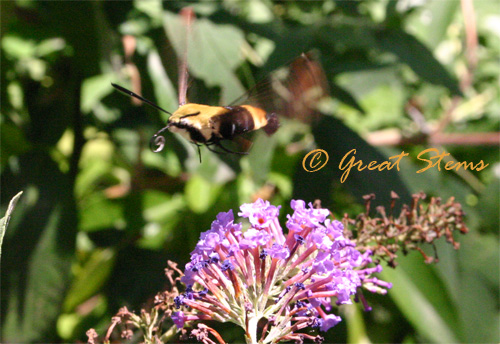The garden is shaping up nicely. You know you’ve been doing a good job when all your fingernails and toenails are caked with dirt and compost (at least, that’s my theory). Oh, I have gloves. But they are too bulky for some of the tasks in the garden, like feeling for the sneaky roots and little nuts of the annoyingly invasive nutsedge, or transplanting a tender young seedling of a desired plant. And so I often garden whole-heartily with all my uncovered digits, running my fingers and toes through the earth just the way nature intended. Keep in mind that my husband is the complete opposite — he won’t step foot into the garden without his gloves and mud shoes on! Heaven forbid dirt smear his leg or something. And he calls me a delicate flower?
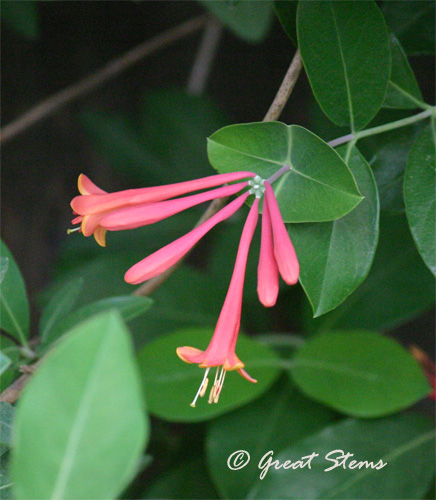 The vines are all abloom, and those that aren’t yet are at least exhibiting major growth spurts. The Coral Honeysuckle is becoming a bit of an octopus — I keep trying to train it to go over the fence, and it keeps sending out more arms to reach for the pathway instead.
The vines are all abloom, and those that aren’t yet are at least exhibiting major growth spurts. The Coral Honeysuckle is becoming a bit of an octopus — I keep trying to train it to go over the fence, and it keeps sending out more arms to reach for the pathway instead.
And though most of the Crossvine blooms have already come and gone for the season, the vines are taller than ever.
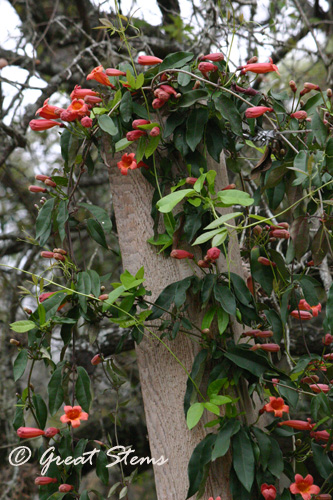
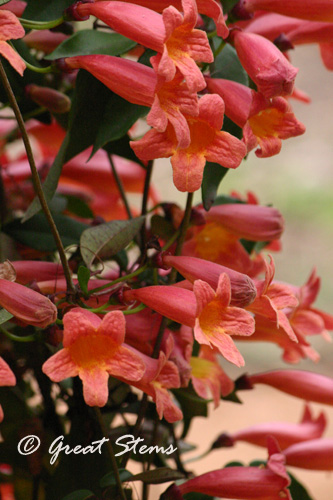 Even though it’s considered a hummingbird vine, I have yet to see one of our hummingbirds visit a crossvine bloom — they go to other plants or the feeders instead. But the bees sure went crazy for the Crossvine this year, so it must have plenty of nectar! Those finicky hummingbirds…
Even though it’s considered a hummingbird vine, I have yet to see one of our hummingbirds visit a crossvine bloom — they go to other plants or the feeders instead. But the bees sure went crazy for the Crossvine this year, so it must have plenty of nectar! Those finicky hummingbirds…
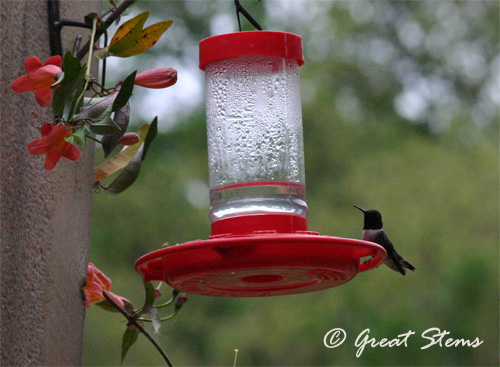 So far we’ve had male black-chinned hummingbirds this year — I’m sure they are awaiting the arrival of the females even more than we are. I wonder why I haven’t seen any Ruby-Throats yet — they are our usual visitors.
So far we’ve had male black-chinned hummingbirds this year — I’m sure they are awaiting the arrival of the females even more than we are. I wonder why I haven’t seen any Ruby-Throats yet — they are our usual visitors.
Each year I’m amazed at the differences between the Crossvine “Tangerine Beauty,” seen in the images above, and the wild one below, which is opposite in color, having yellow petal lips and a red throat. I really need to start collecting seeds or making cuttings from this native beauty.
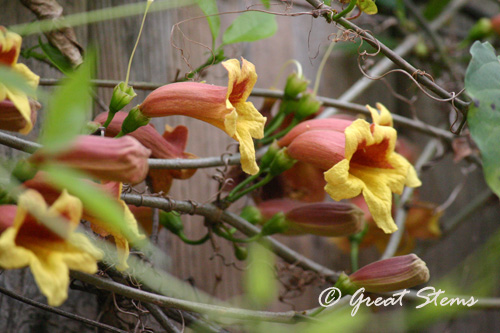
The poppies have arrived, the first I’ve ever grown. Given that all I did was sprinkle seeds on the ground some unknown time last fall, I’m pleased that they did their thing without any help from me. A couple of blooms so far…
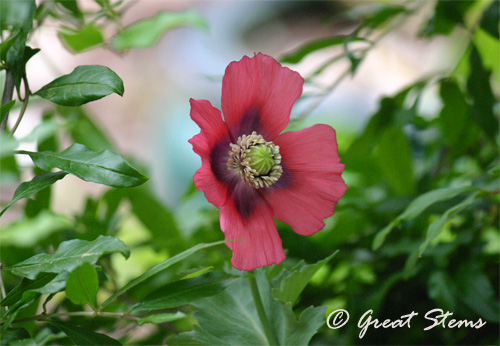 with more on the way…
with more on the way…
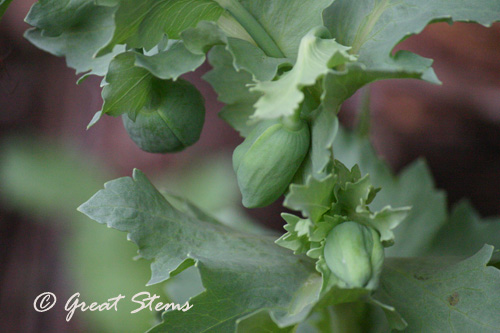 We’ve got a ton of caterpillars — countless Gulf Fritillaries on Passionvine, with many already to chrysalis stage. Giant Swallowtail caterpillars are on the Wafer Ash. Here’s a grown-up taking a rest on the Coral Honeysuckle after puddling on damp ground below.
We’ve got a ton of caterpillars — countless Gulf Fritillaries on Passionvine, with many already to chrysalis stage. Giant Swallowtail caterpillars are on the Wafer Ash. Here’s a grown-up taking a rest on the Coral Honeysuckle after puddling on damp ground below.
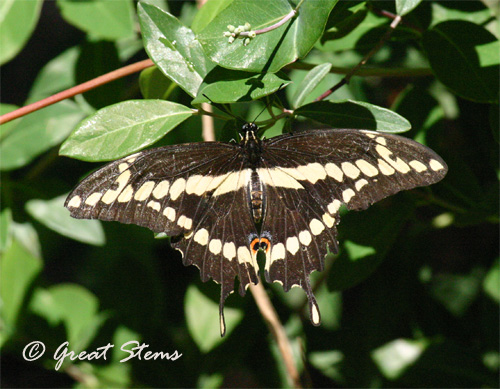 And we’ve seen a new caterpillar — Henry’s Elfin — on one of the Mexican Redbuds, shown in the picture below. Now I just need to see the butterfly…
And we’ve seen a new caterpillar — Henry’s Elfin — on one of the Mexican Redbuds, shown in the picture below. Now I just need to see the butterfly…
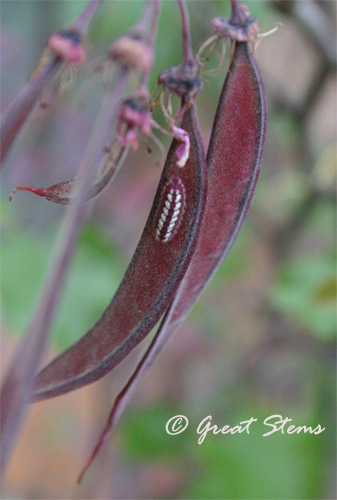
This frog keeps staring at me whenever I walk by. Actually, we have at least 3 in the backyard pond, likely more based on the number of splashes when we approach. And the male toads have been croaking at night on the pond rocks. I still haven’t figured out whether the toads and frogs play nicely together. Hopefully the frogs are not eating the toads, but I have my concerns. The one in this picture is getting awfully big…
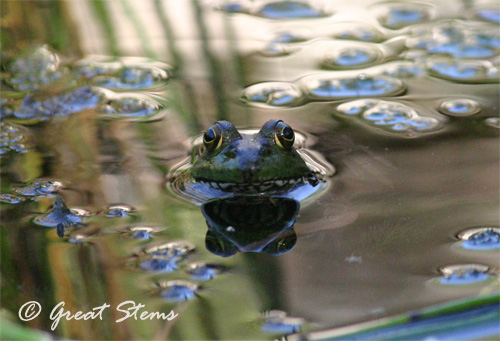
Don’t stare too long — it’s hypnotic.
The artichoke is about waist-high now and growing. I’m rather embarrassed to admit this, but I’ve never eaten an artichoke in my life. I’m growing them A) to actually see what they taste like, B) because this plant is so awesomely prehistoric in appearance, and C) because it’s actually a perennial veggie, which means I don’t have to do much. I’d thought I’d be trying to eat an artichoke last year, but the plant stayed small.
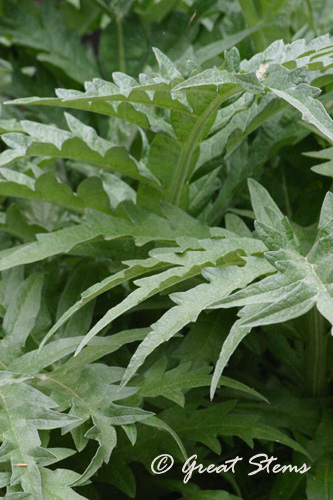
The Goldenball Leadtree is covered with little puffballs-to-be. I keep watching and waiting, as they are going to be amazing. Wow, I love this airy Central Texas native. I’m seriously considering getting a second one (in fact, I think I just decided for sure). Then today I discovered a sneaky golden puffball that had already opened. You can see that the little buds just go “poof” and get huge. Ohhh, I can’t wait. This is going to be the year of the Goldenballs!
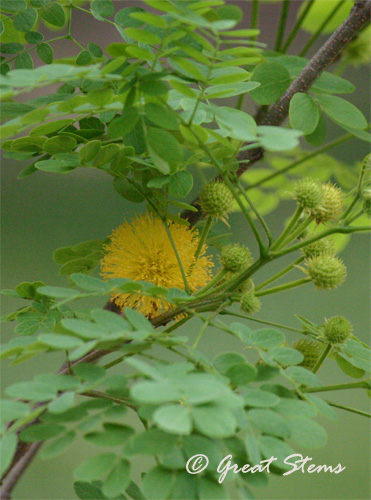
Speaking of puffballs, the Fragrant Mimosa, also a Texas native, is putting on puffball displays daily. It turns out that Fragrant Mimosa is, in fact, quite fragrant. I carefully take a sniff each time I walk by, being quite cautious not to get a pointy prickle up my nose.
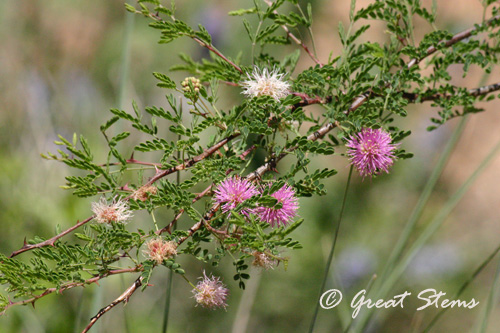 Nearby, the native White Honeysuckle has officially become a shrub, and it has more blooms than ever. The scent is divine.
Nearby, the native White Honeysuckle has officially become a shrub, and it has more blooms than ever. The scent is divine.
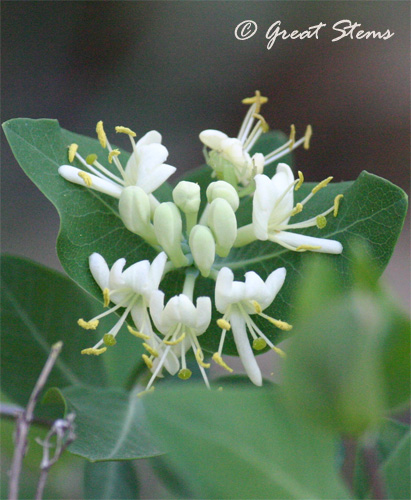
We have wren babies and nesting squirrels and a screech owl hermit, too… but those posts will come another day. Loving being out in the garden again!

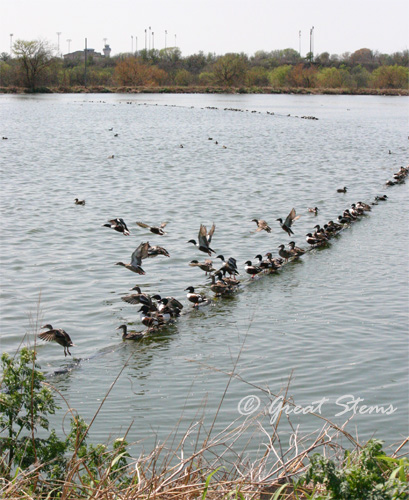
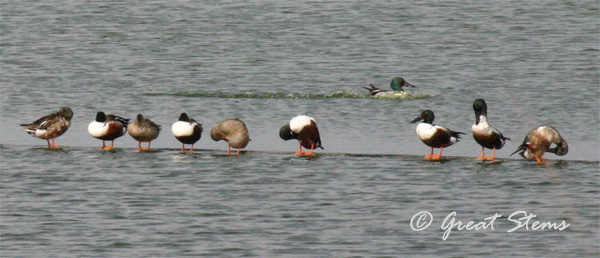
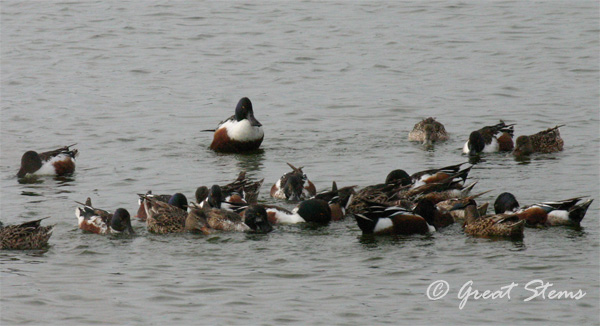
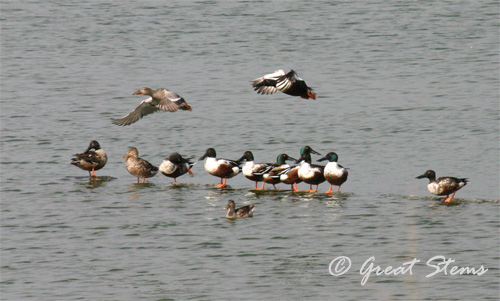
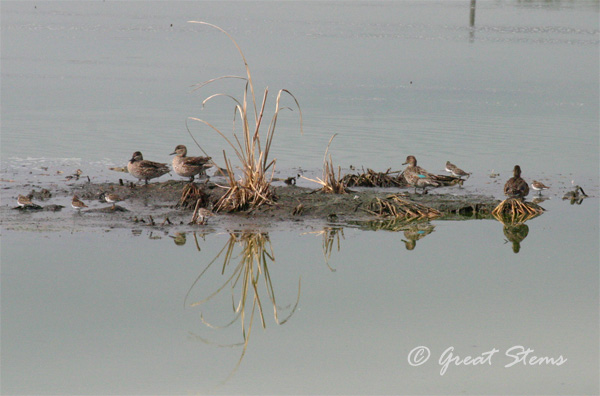
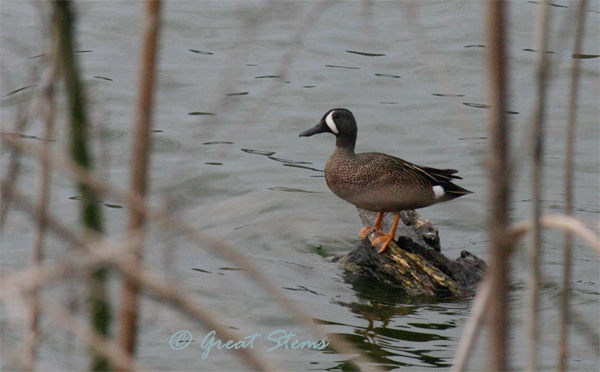
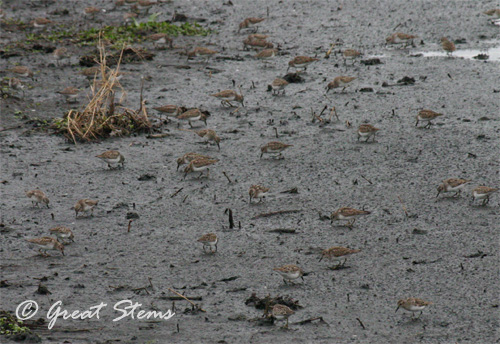
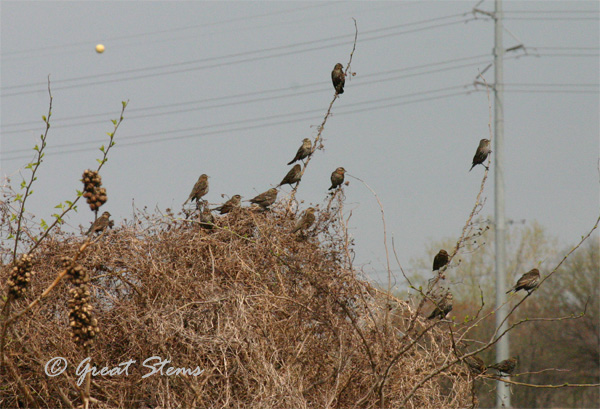
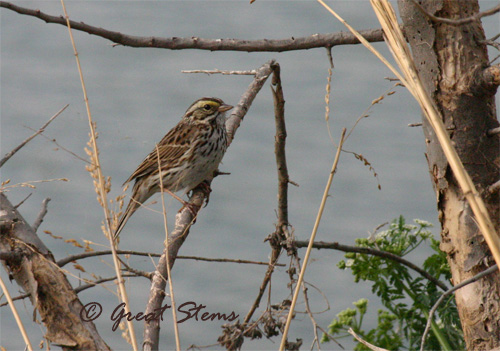
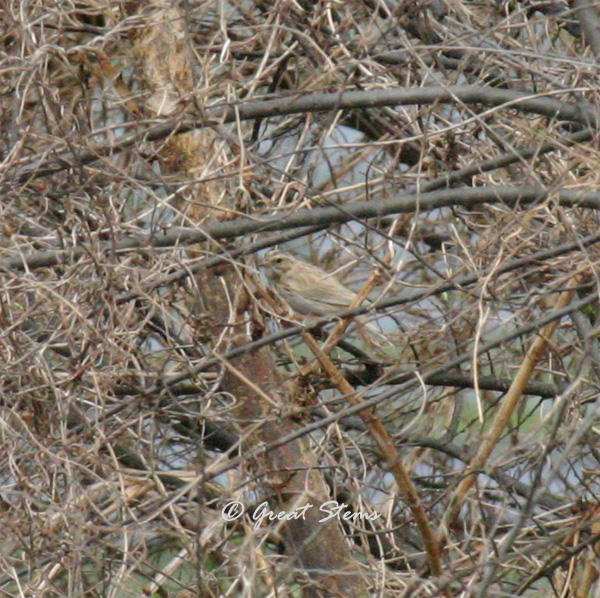
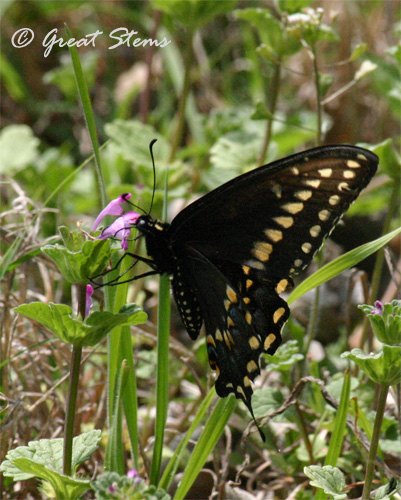
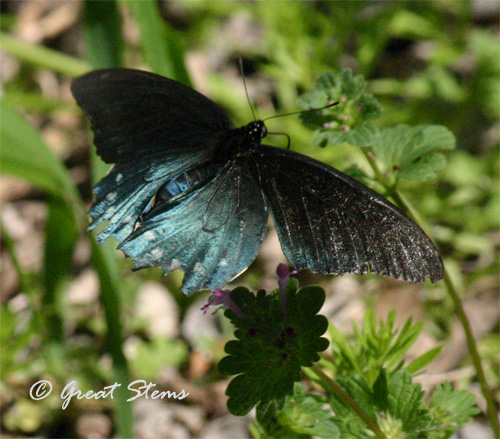
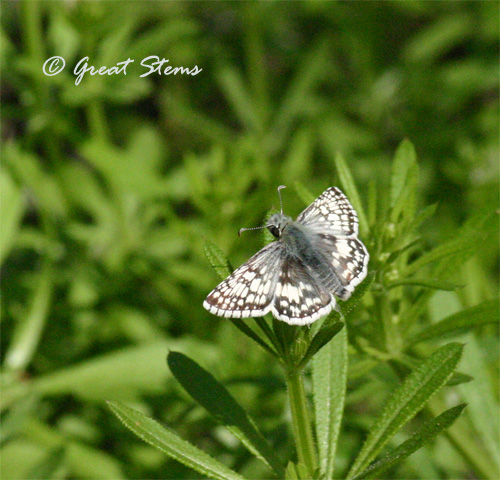
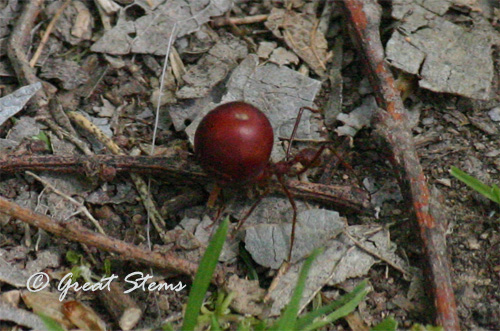
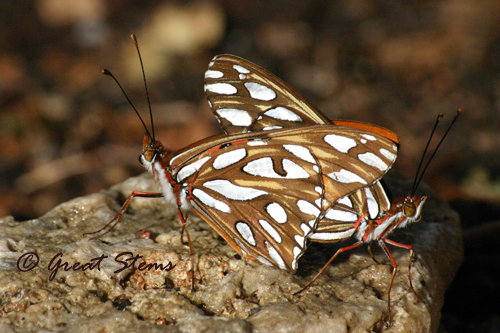
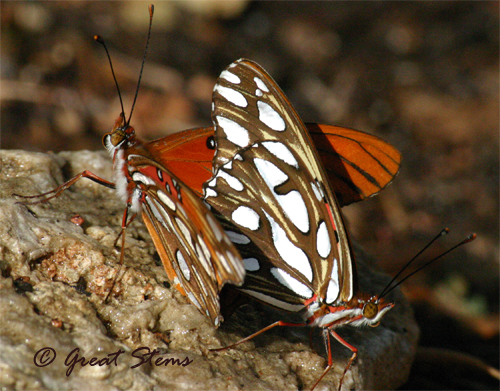
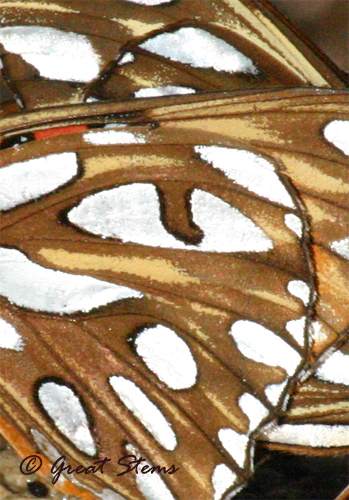
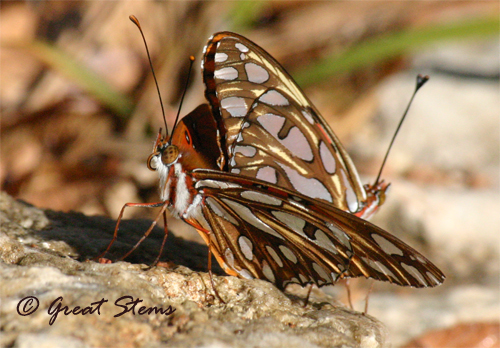
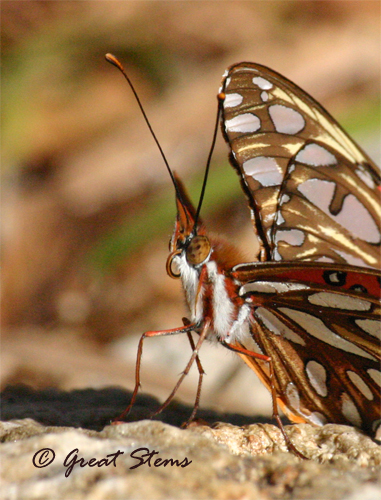
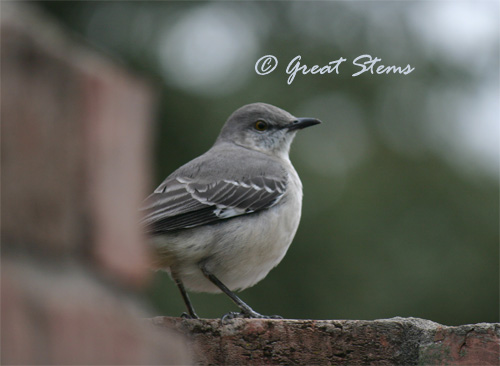
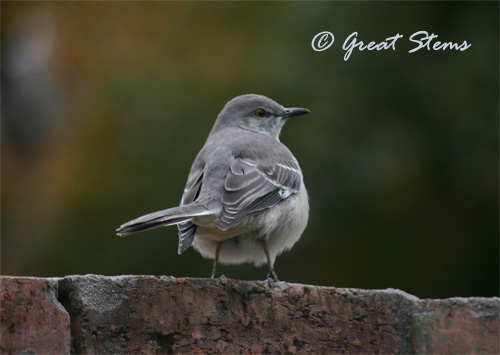
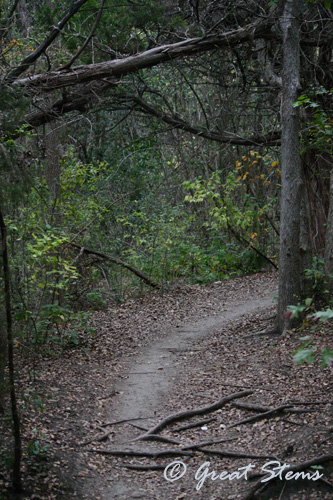
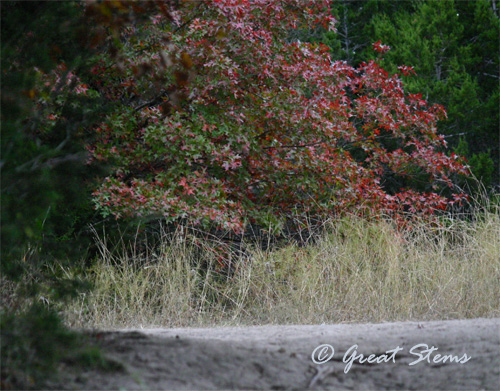
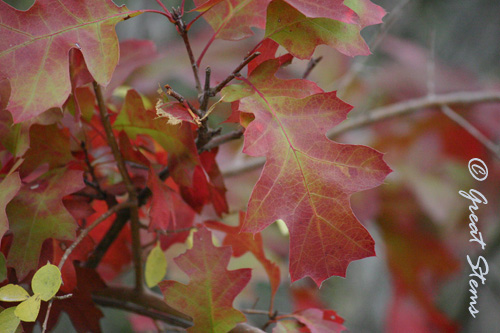
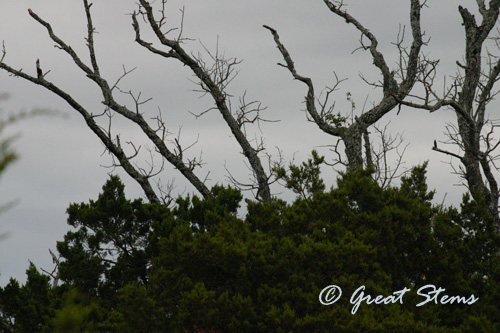
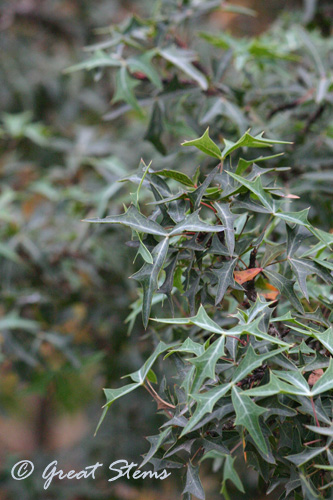
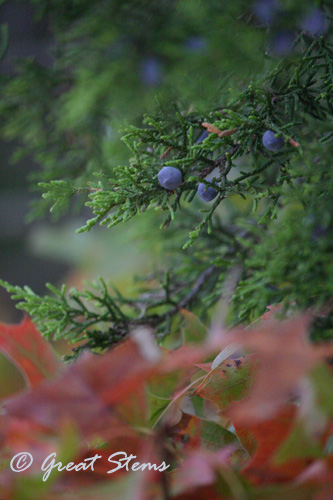
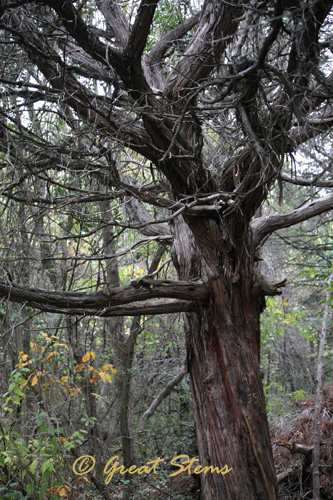
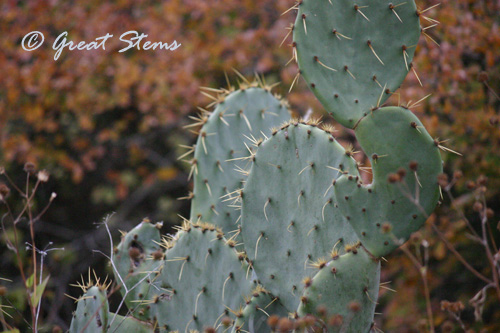
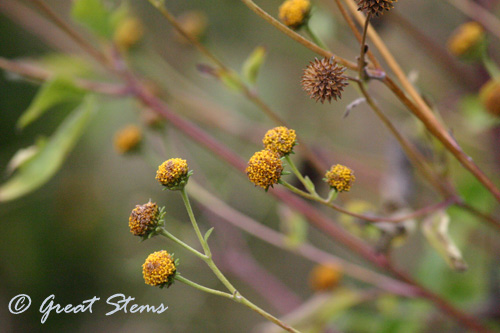
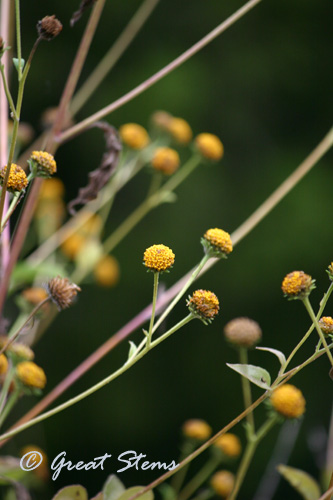
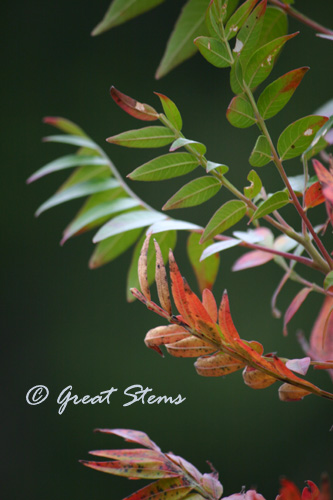
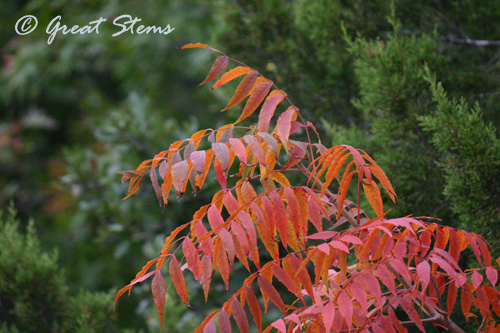
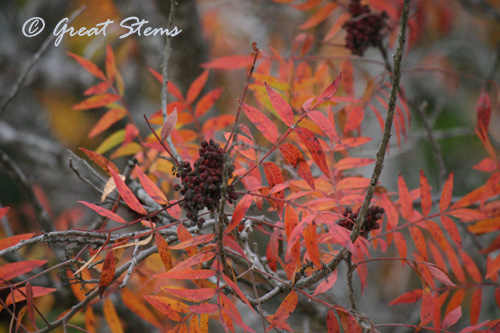
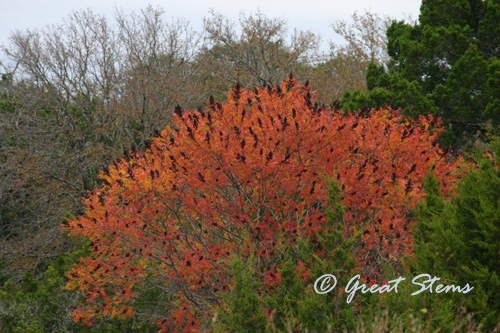
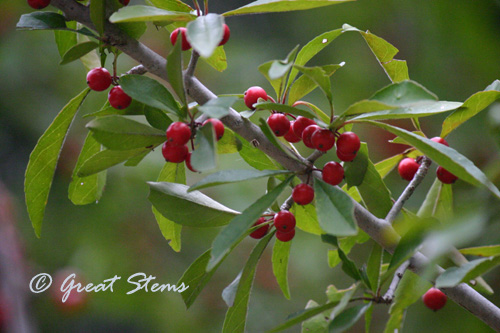
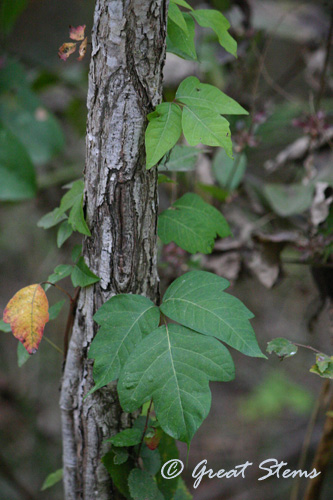

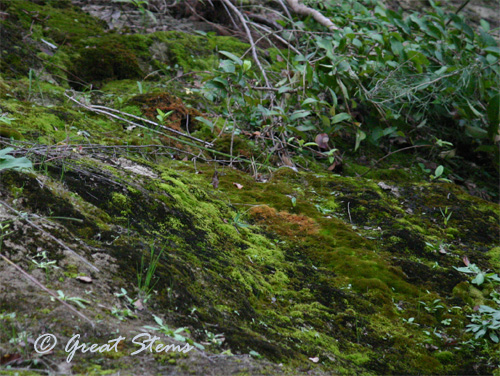
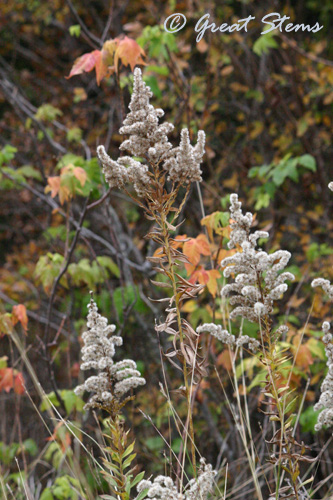
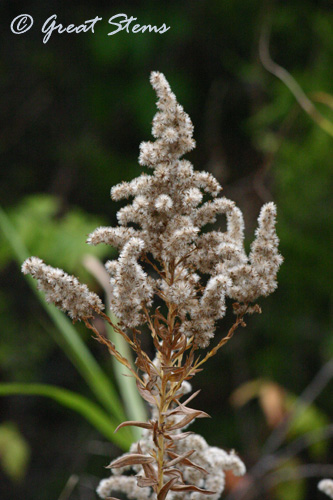
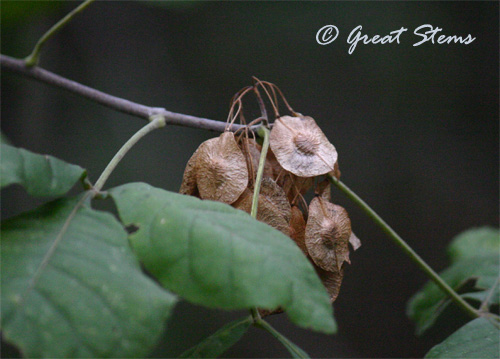
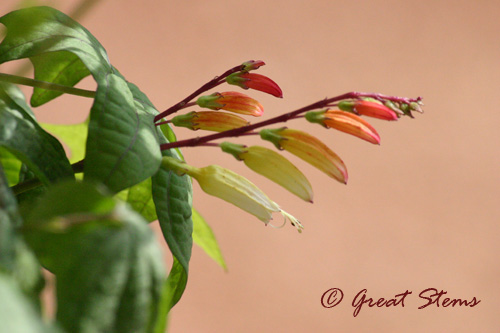
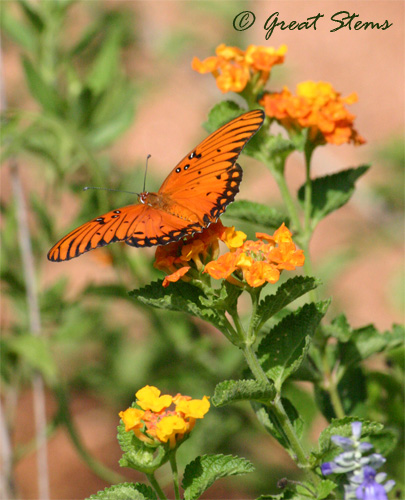
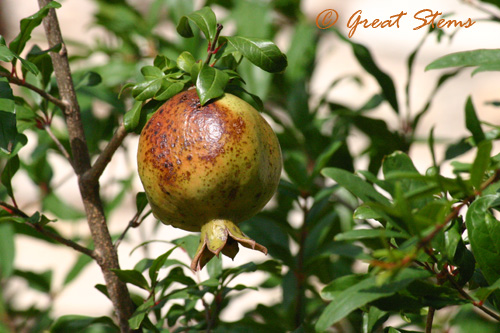
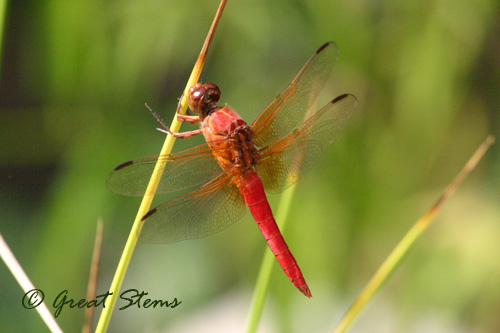
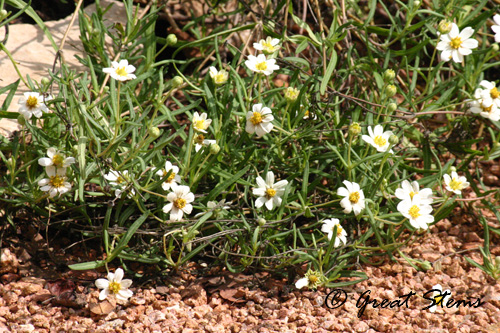
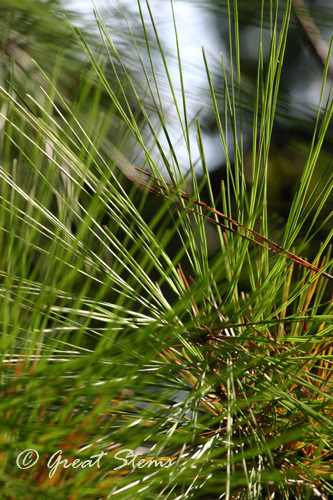 Yesterday morning our hiking crew of friends and family visited
Yesterday morning our hiking crew of friends and family visited 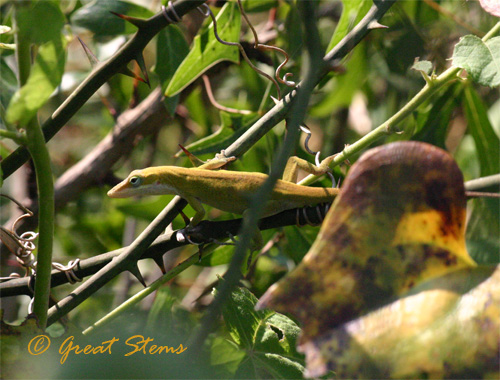
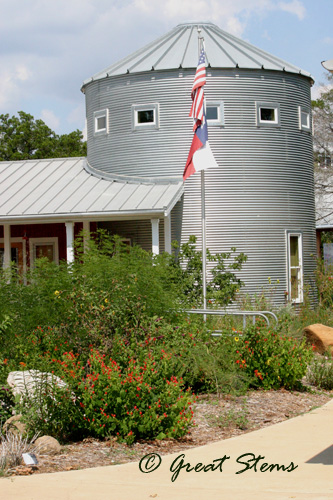
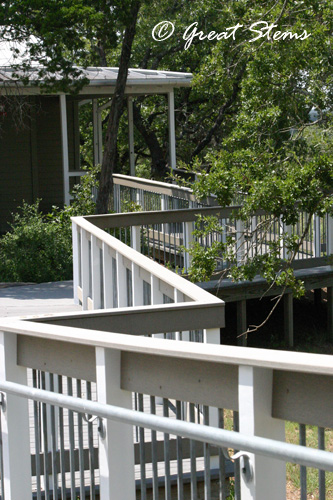
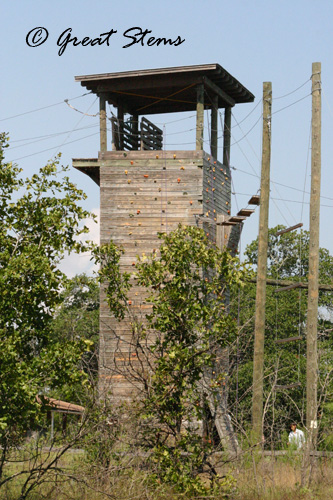
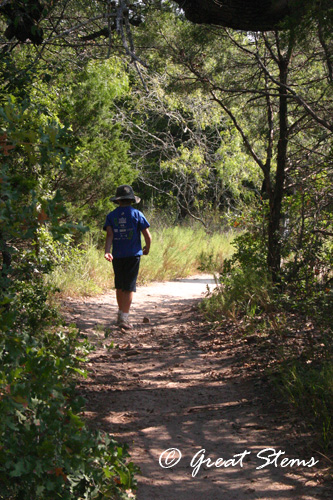
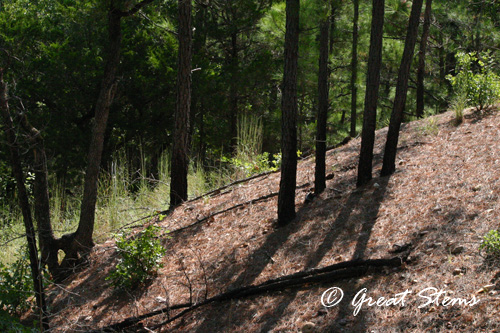
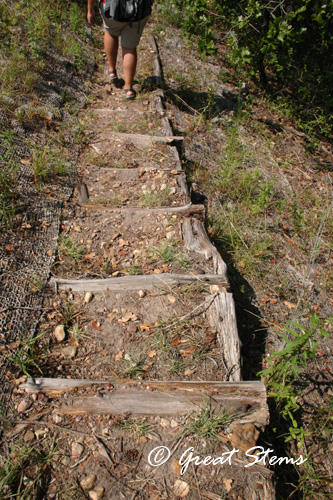
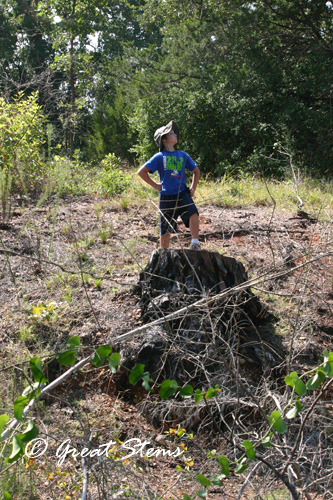
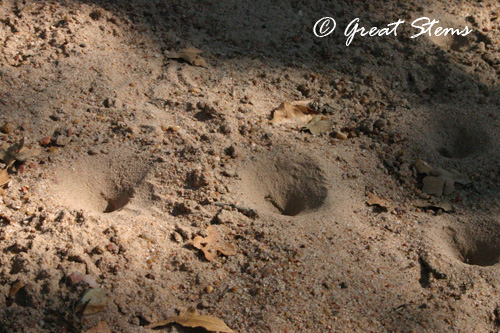
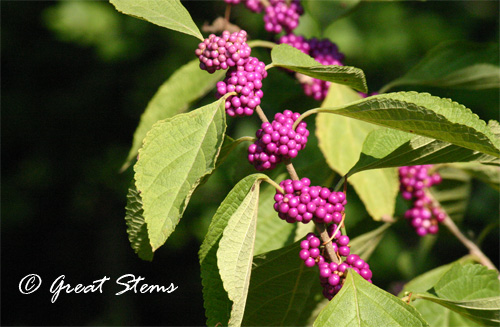
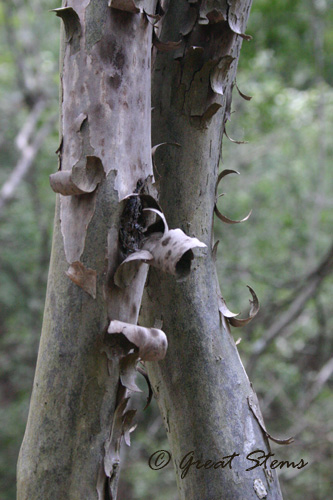
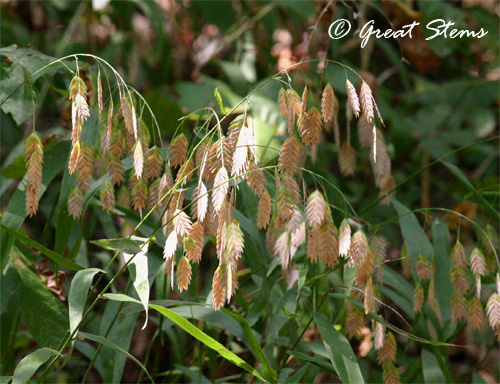
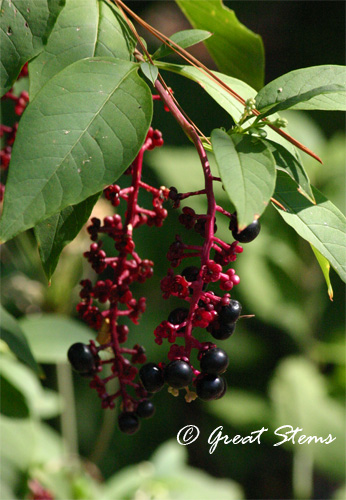
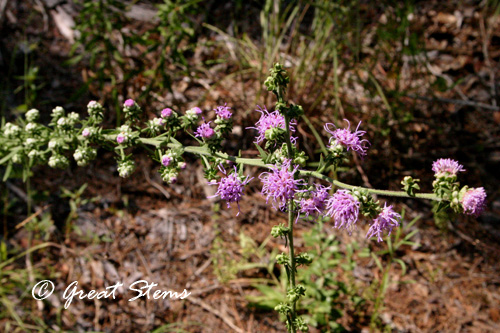
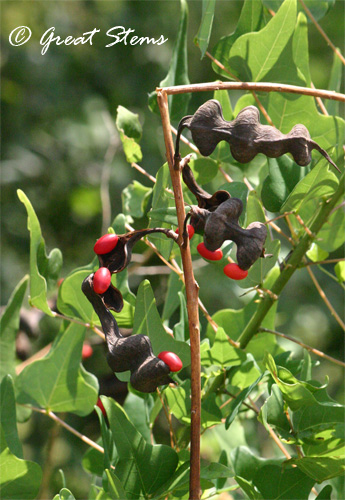
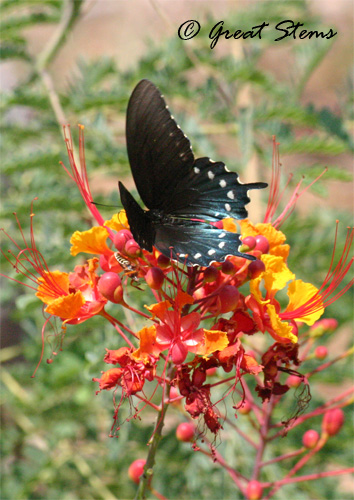
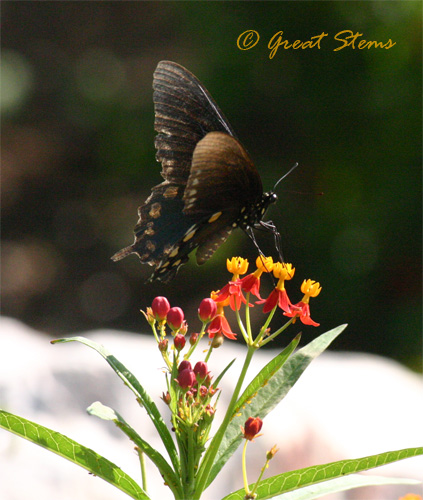
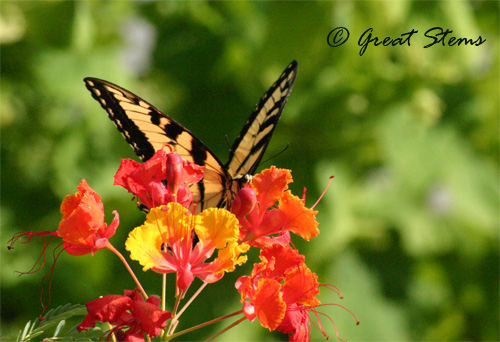
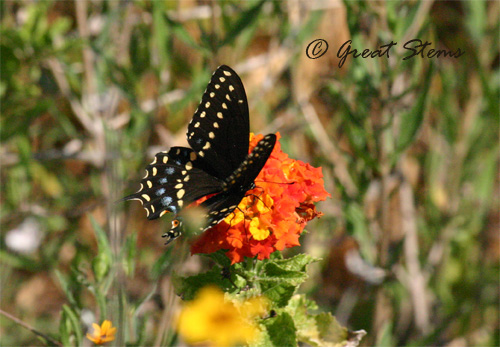
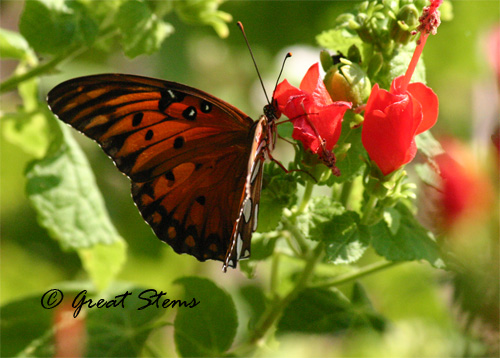
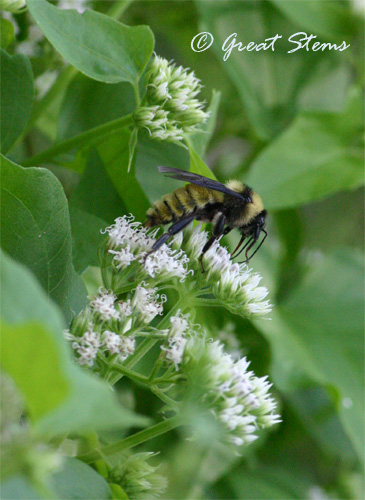
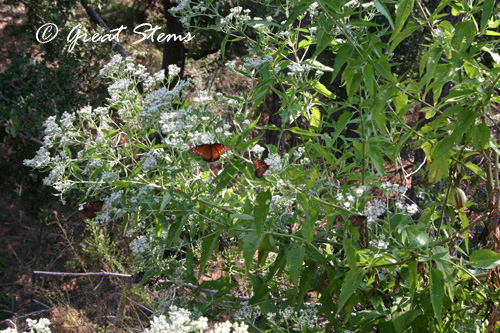
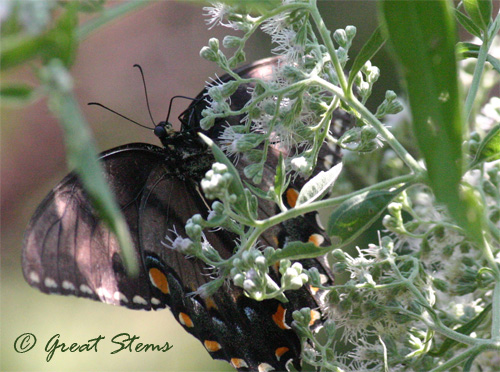
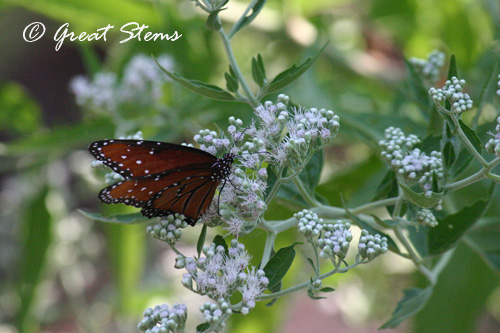
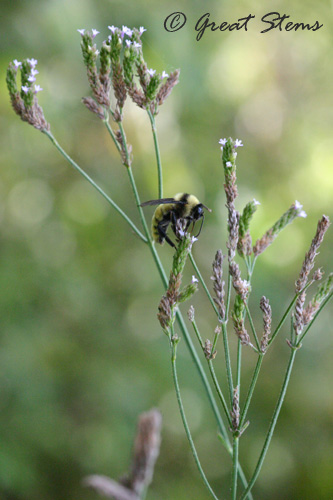
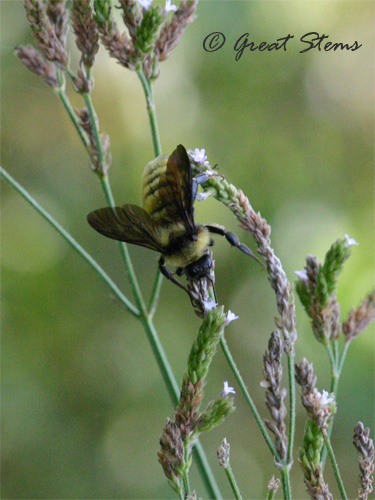
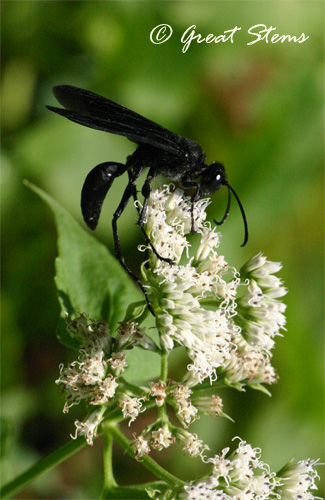
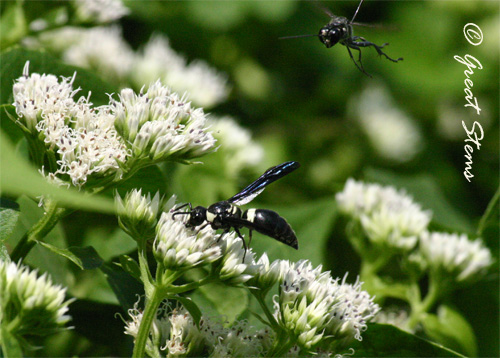
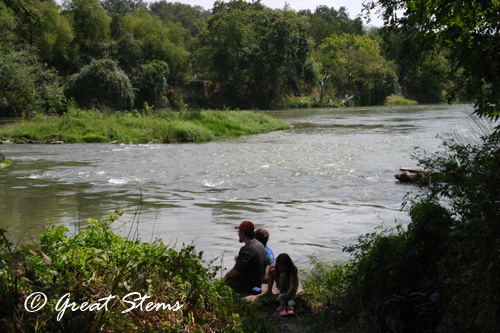
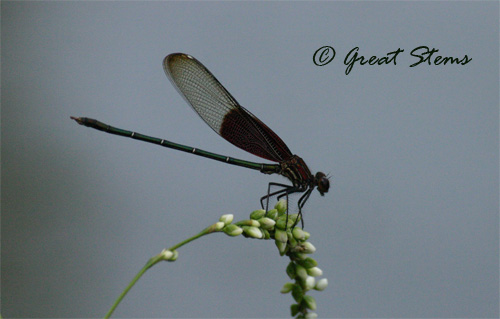
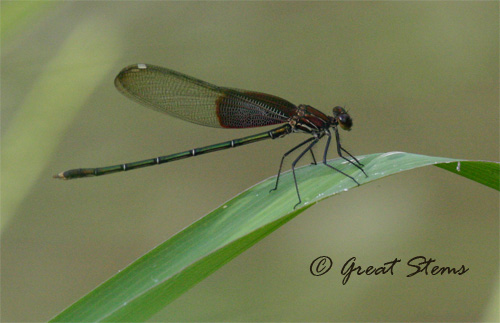
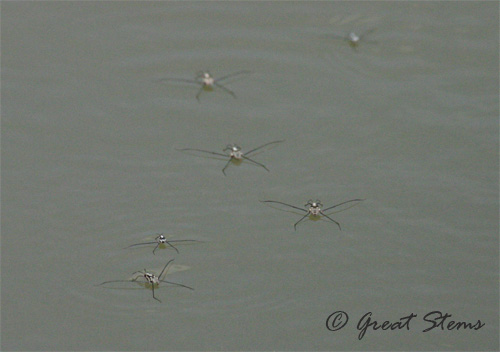
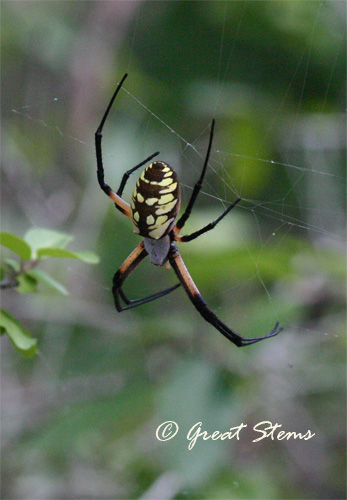

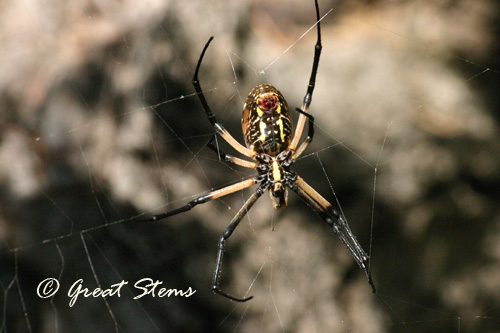
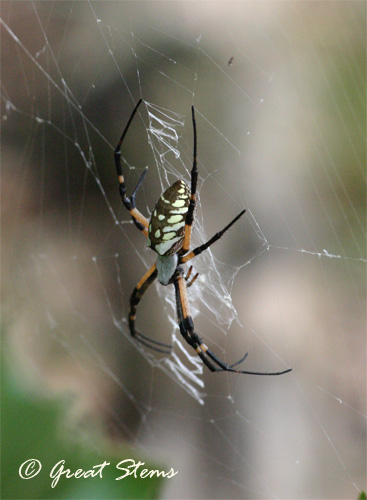 Not to be outdone, other spiders at the Roughs created spectacular tunnel webs and dense webs that seemed almost like blankets.
Not to be outdone, other spiders at the Roughs created spectacular tunnel webs and dense webs that seemed almost like blankets.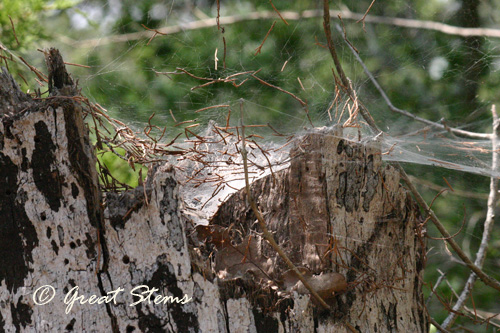
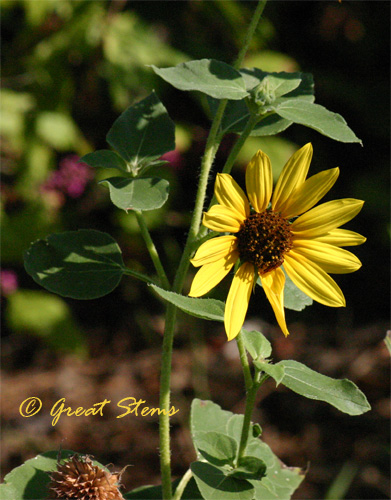
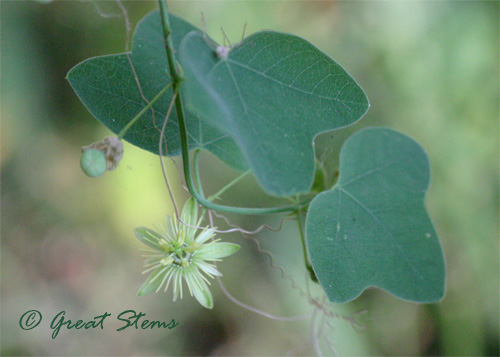
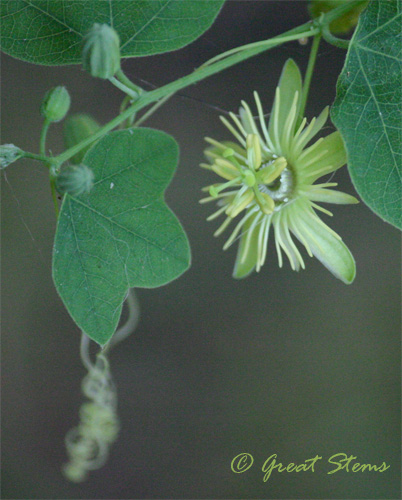
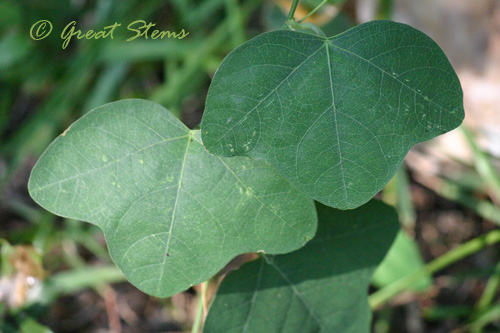
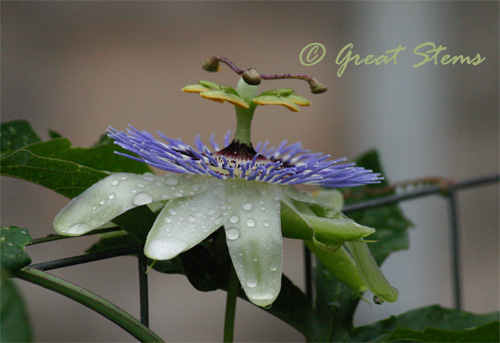
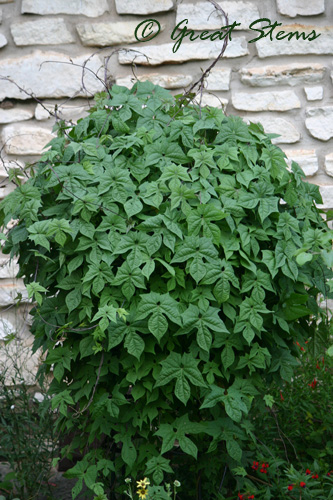
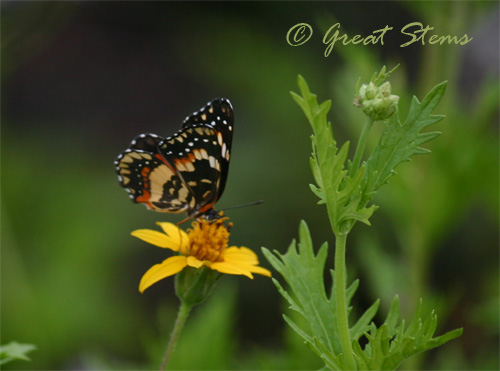
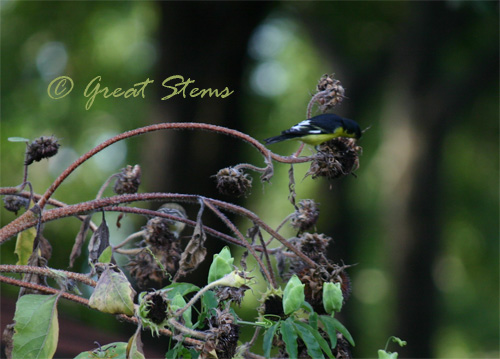
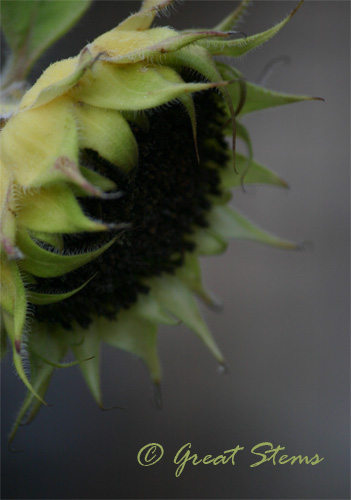
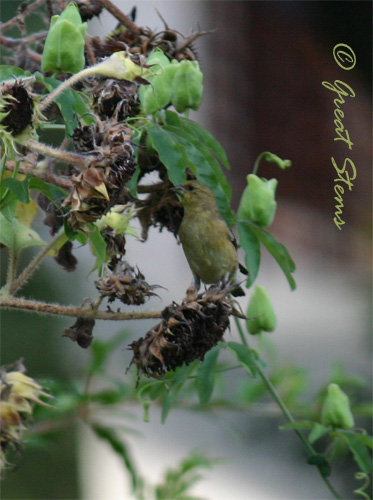 The spent plants have another use now, too. The passionflower vine has reached out to the tall stems to gain further support for its beautiful blooms and thus additional dining areas for future Fritillary caterpillars.
The spent plants have another use now, too. The passionflower vine has reached out to the tall stems to gain further support for its beautiful blooms and thus additional dining areas for future Fritillary caterpillars.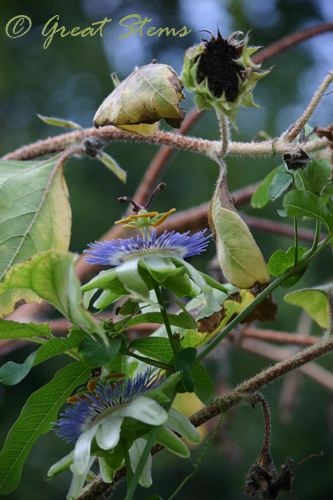
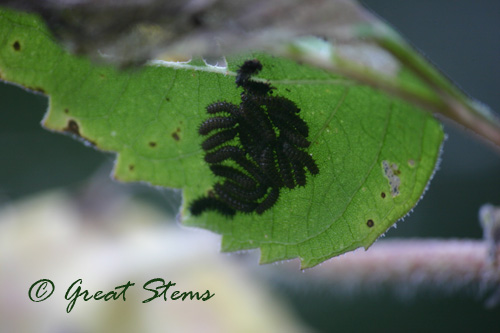
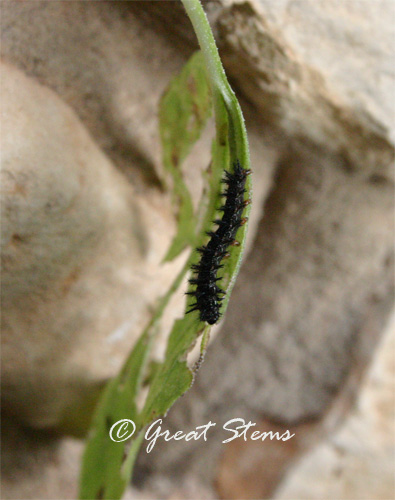
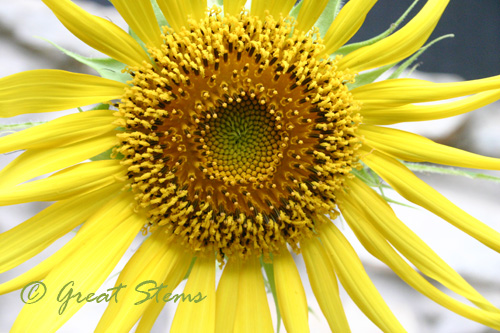
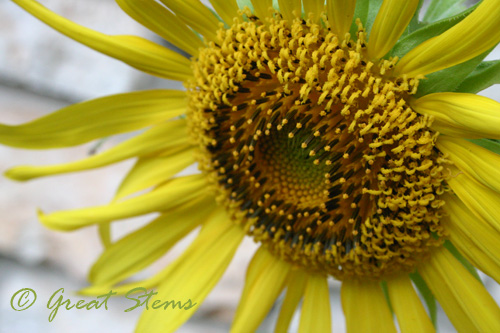
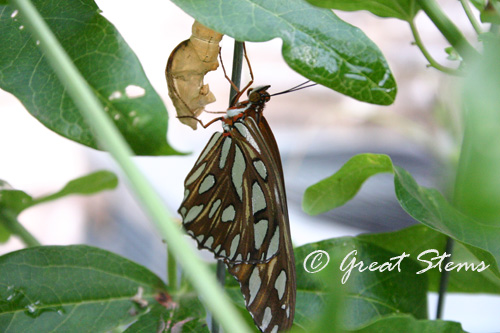
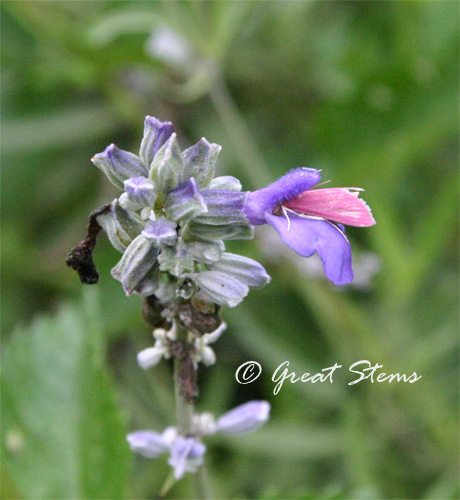 This next photo makes it look much darker than it really is — the moth is actually a very dainty pink. And dainty in size, too!
This next photo makes it look much darker than it really is — the moth is actually a very dainty pink. And dainty in size, too!